NIMHD Community Health and Population Sciences Feature Articles
Read about several NIMHD-supported community-based programs to promote health and prevent disease in diverse minority and populations experiencing health disparities.

More than 12,000 African American men volunteered for the RESPOND study. Learn how this multi-state effort recruited the cohort at an unlikely time and the potential for their contributions to benefit future studies.

Through the Osage Community Supported Agriculture (OCSA) study, Osage Nation is making a return to food security and food sovereignty through its Tribal farm where fresh, healthy, and nutrient dense produce are delivered directly to community members at a reduced cost.
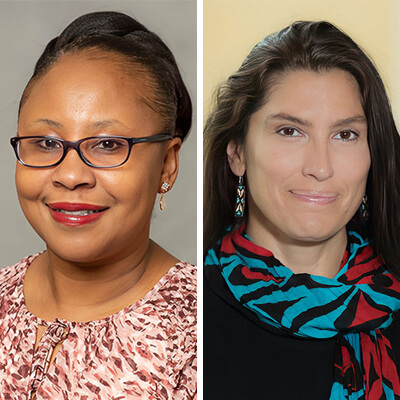
NIH-supported researchers use community-based approaches to learn about survivors’ difficulties in seeking help during the pandemic.
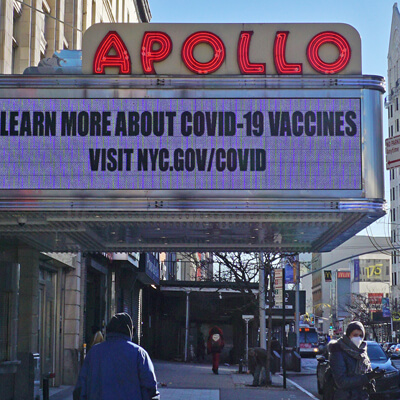
The #Vax4Community campaign works with local storytellers to produce videos about COVID-19 vaccines that captivate because they capture what people really experience.
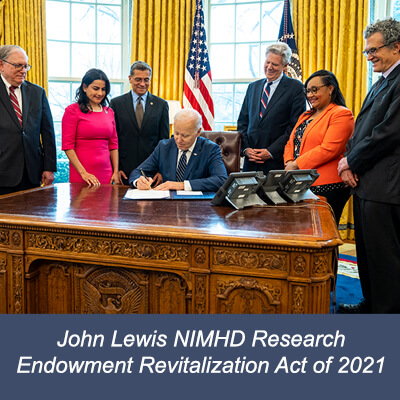
The John Lewis NIMHD Research Endowment Revitalization Act of 2021 expands eligibility for the NIMHD REP, which provides funds to academic institutions’ endowments to help build research infrastructure and recruit, train, and maintain a diverse student body and faculty.
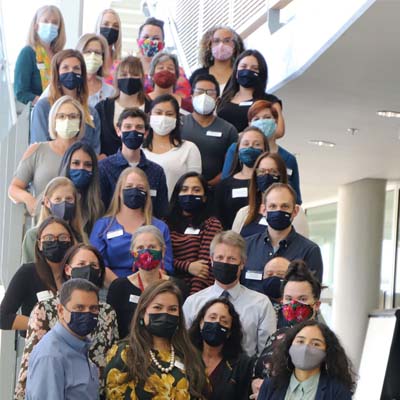
Public health researchers and community organizations are using discussions, experiential learning, and social mixers to promote health equity.
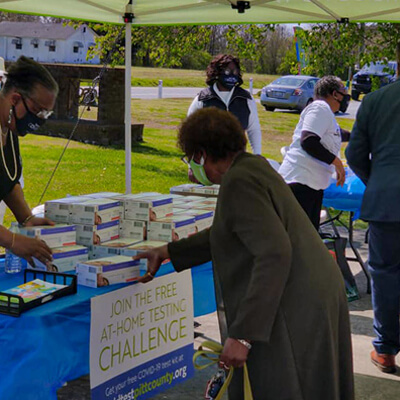
The Say Yes! COVID Test initiative provided communities in five states with free at-home testing kits to combat the silent spread of COVID-19 and explore the role of frequent home tests in reducing infections. Photo courtesy of Eveangel H. Savage, Ph.D.

NCCU researchers conduct community-engaged research by focusing on trust, partnership, and mentoring to help reduce health disparities in rural N.C.
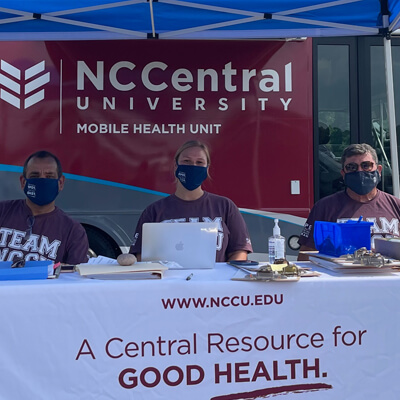
Existing community partnerships meant NCCU had a level of trust and knowledge of specific barriers. Applying this experience has increased survey response, testing and vaccination rates while strengthening local collaboration.
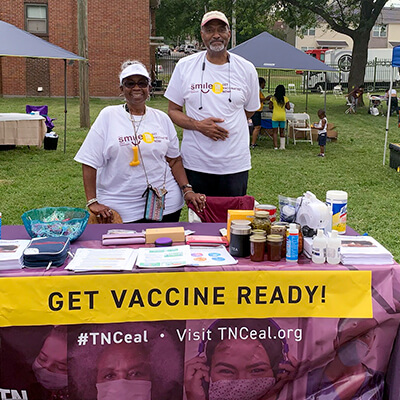
Tennessee CEAL uses community-engaged research to address misinformation and mistrust among diverse populations from rural Appalachia to Music City.

The Georgia CEAL team is working with community leaders and residents to provide accurate COVID-19 and vaccine information to thousands of people.

The National Institute on Minority Health and Health Disparities (NIMHD) hosted a two-day online workshop, “The Role of Work in Health Disparities in the United States,” to understand and address the role of work as a social determinant that contributes to health disparities.
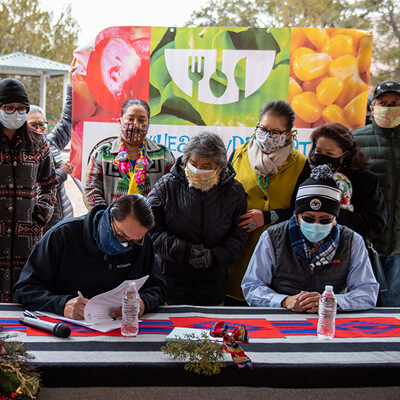
Tax reauthorized based on data showing revenue redistribution is having positive community impact including better food options and health behaviors.
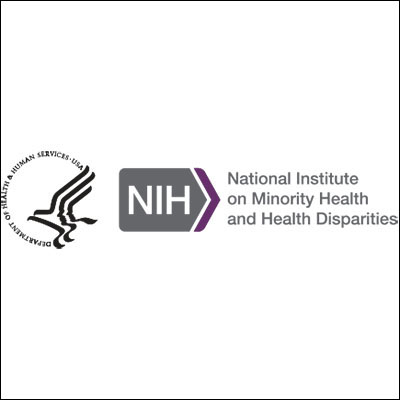
A series of studies on economic policy and births has found that more generous policies result in fewer babies with low birthweights.

Research funded by NIMHD discusses how dietary disparities are liked to increased cancer burden and food policies that would help addressing this issue.
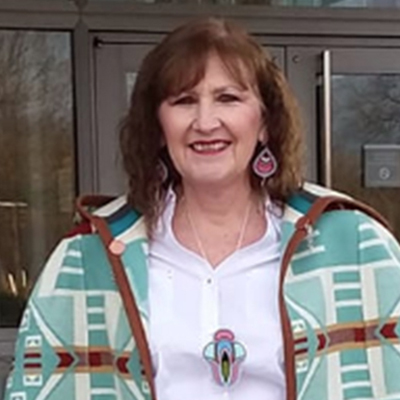
NIMHD-supported community/academic partnership helps train mentors in the Apsáalooke (Crow) Nation to support others with chronic disease.
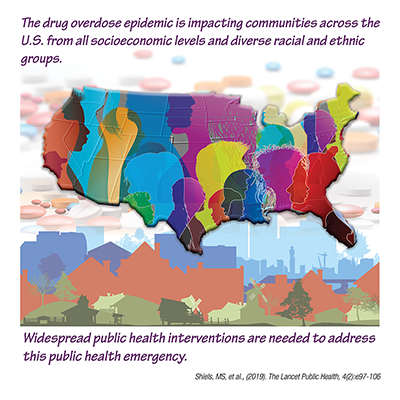
The epidemic of deaths from overdose of opioids and other drugs affects many types of people and communities across the United States.

Colorectal cancer is the third most common cancer in the United States and one of the top causes of cancer deaths.

Health from a trusted source: NIMHD-supported researchers partner with barbers to combat health disparities in the Black community around DC.

Tuskegee University in Tuskegee, Alabama, is a historically Black university with a long tradition of educating African American scholars.

Where people live can affect their health more than they realize. Air pollution is often worse in low-income areas compared with wealthy neighborhoods.
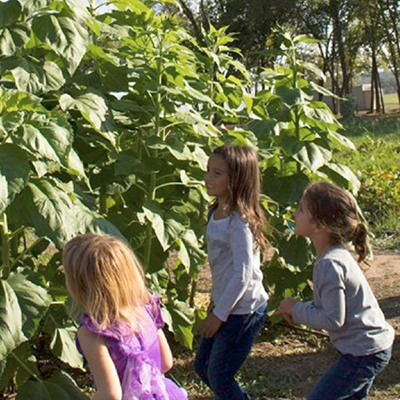
Chief Geoffrey Standing Bear and Assistant Chief Raymond Red Corn had a vision for their Osage—or Wah-Zha-Zhi—tribe. Their vision was to achieve food sovereignty and sustainable agriculture for the Osage Nation, a Native American tribe living in rural northeastern Oklahoma.
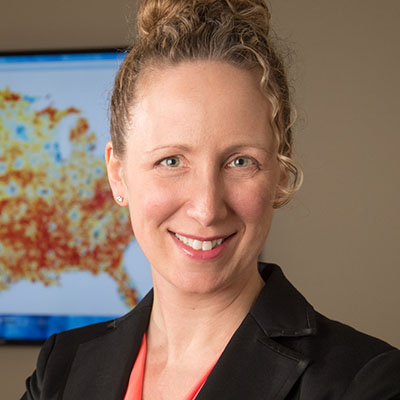
From a young age, growing up in rural northern Wisconsin and the Upper Peninsula of Michigan, Amy Kind, M.D., Ph.D., witnessed and understood how a person’s environment can influence their health—for better or for worse.

Pregnancy and caring for newborns can be daunting times of life for new mothers, with unanticipated challenges and obstacles.
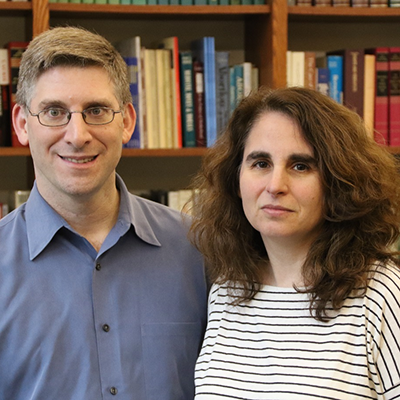
A study in Massachusetts has found that concentrations of two air pollutants, nitrogen dioxide and fine particulate matter, decreased significantly between 2003 and 2010, but African Americans and Hispanics living in the city continued to be exposed to a greater share of the pollutants than other racial and ethnic groups were.

Culture plays a substantial role in reducing disparities among American Indian and Alaska Native (AI/AN) populations; experts acknowledge culture’s critical importance to intervention success and sustainability.
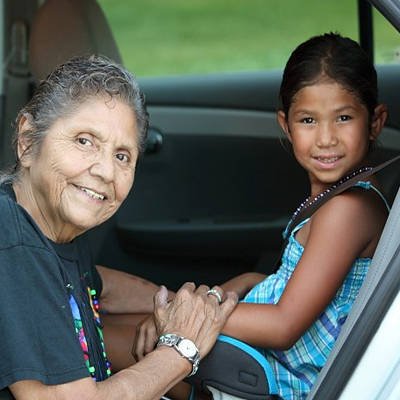
In the early 2000s, Northwest Tribes were concerned about the impact of motor vehicle–related injuries and deaths on their communities.

An NIMHD-funded study is examining some of the factors, including poverty, that predict depression in patients with chronic disease.

The purpose of this initiative is to work with communities to use place-based interventions to improve health and prevent disease.

Native Hawaiians are twice as likely to develop diabetes as Whites living in Hawaii and four times more likely to die of stroke. These are the kinds of health problems being addressed by the Center for Native and Pacific Health Disparities Research and its network of community partners.
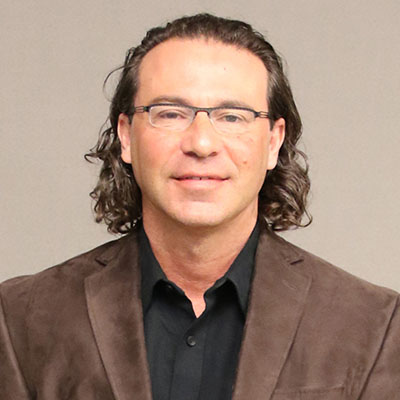
The Bigger Picture campaign helps foster a community of youth activists and leaders with diabetes who speak out about their condition.

An NIMHD-supported study finds that the longer Filipino immigrants live in the U.S., the more likely they are to be obese – but only if they migrated before age 30.
More Feature Stories
2016
Culture Affects How Hispanic Americans Experience Pain
Promise Program Seeks a New Path for Violence Prevention
2015
CAUSES: Causes of Asian American Mortality Understood by Socio-Economic Status
Tribal Members Partner with Researchers to Enhance Health Disparities Research in the Northern Plains
2014
Grantee Helps Build American Indian Health Research through Trans-Disciplinary Collaboration
Satcher Health Leadership Institute Creates New Generation of Parent Leaders
Community-Based Participatory Research: Making a Difference in Homeless Communities
Minority Health and Health Disparities Research in Northern Manhattan
Page updated July 10, 2024















































